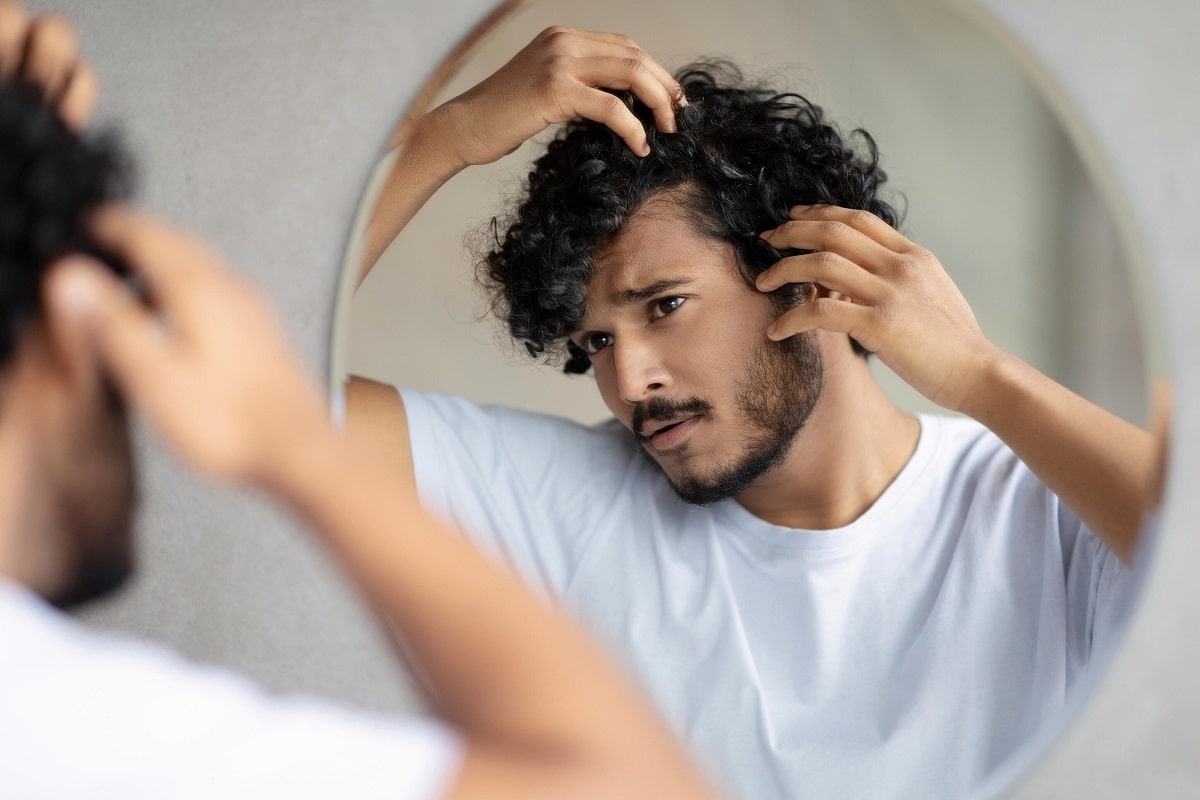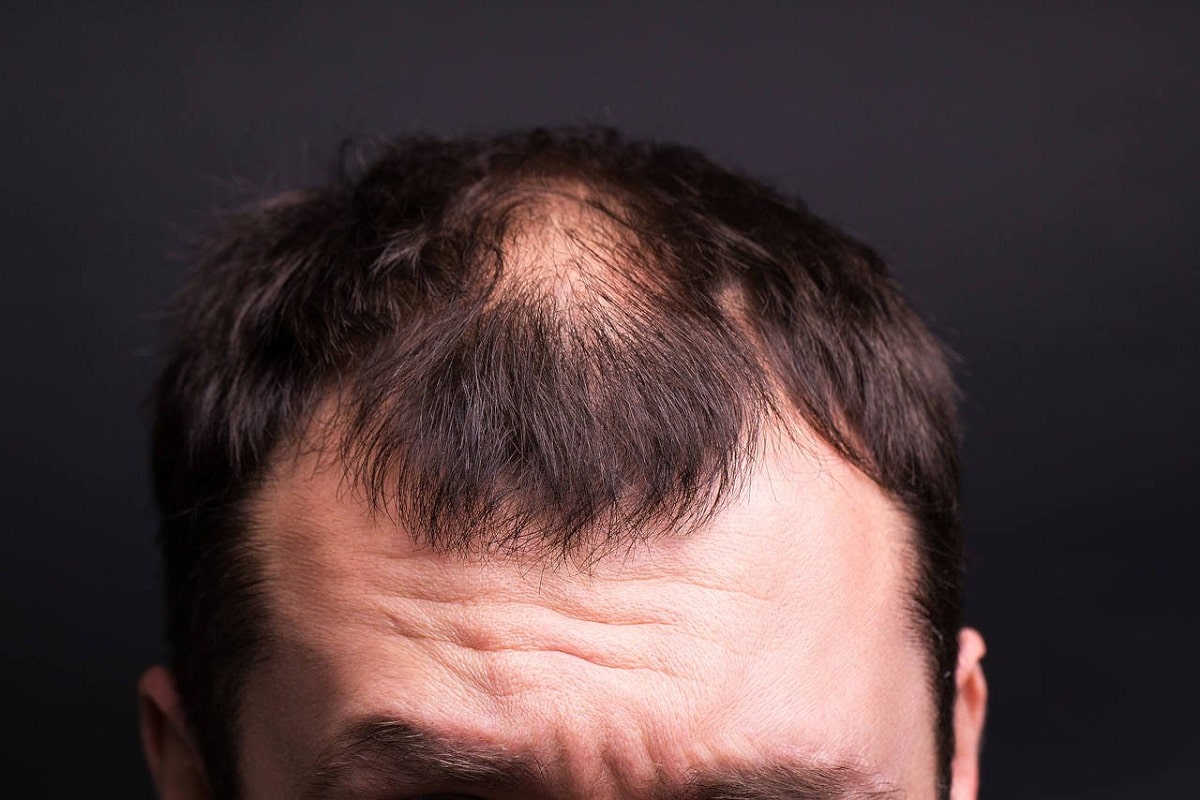1
HOME > Hair >
UNDERSTANDING HAIR LOSS AND HOW TO REMEDY IT
Written by Menswear Style in Hair on the 14th May 2024

Hair loss is more than just common. As many as 85% of all men will experience some degree of male pattern baldness by the age of 50. But being one of the most prevalent conditions among men worldwide doesn’t make it any easier to deal with. Psychological effects on self-esteem and personal appearance can be vast. Advancements in treatments and growing awareness, however, can help you manage and combat our collective hair loss more effectively than ever.
Understanding the causes of hair loss
Various factors can be attributed to hair loss in men. The most common type of hair loss, androgenetic alopecia, is hereditary and typically progresses with age. It’s characterised by a receding hairline and a thinning crown. However, other conditions can be attributed to factors such as genetics, hormonal imbalances, medical conditions, and even autoimmune responses (alopecia areata). These can lead to even more unpredictable patterns like sudden bald patches. Furthermore, lifestyle factors like chronic stress, smoking, and poor diet can exacerbate hair thinning. Vitamin deficiencies (iron, vitamin D, and zinc in particular) can disrupt the hair growth cycle. Conditions such as fungal infections, but also aggressive hairstyling, can contribute, too.

Lifestyle changes and natural remedies that can help
While some causes are beyond your control, adopting healthy lifestyle changes can still help. Almost everything in our body is connected, so it comes as no surprise that a balanced diet is a fantastic foundation to work with. Leafy greens, nuts, lean proteins, and eggs provide us with essential vitamins needed for strong hair growth and may slow down loss. Managing stress through meditation or regular physical activity can rebalance hormones that might have triggered shedding. A gentle approach to hair care is better, too. Excessive brushing or backcombing, as well as harsh chemical treatments, weaken the hair shaft. Scalp massages can stimulate blood circulation and promote growth. For immediate cosmetic improvement, hair fibres offer a non-invasive option to create the appearance of fuller hair. How you style and cut your thinning hair from here on can make a huge difference as well.
What medical treatments and therapies are there?
Treatments are available for a more permanent solution. Medications such as Minoxidil and Finasteride are the most common but require consistent use for sustained results. Platelet-rich plasma (PRP) injections into the scalp are a treatment method that uses plasma from your blood to stimulate hair growth. Lastly, classic hair transplant surgeries involve transplanting follicles from thicker areas to bald patches, offering lasting results.

Preventative Measures
As so often, early intervention can be key. Regular check-ups with dermatologists can diagnose types of hair loss early, allowing for timely and appropriate treatment. By maintaining good scalp hygiene, thinning and inflammations can be minimised – the same as with the avoidance of chemical treatments. Healthy habits, such as non-smoking and reduced alcohol consumption, mean a risk reduction as well. Sometimes, understanding the underlying cause and a proactive approach can help enough to manage this condition effectively. For more detailed information and assistance, though, please consult a healthcare professional specialising in hair loss.
Trending
2
3
4
5
6
7
8
9
10









